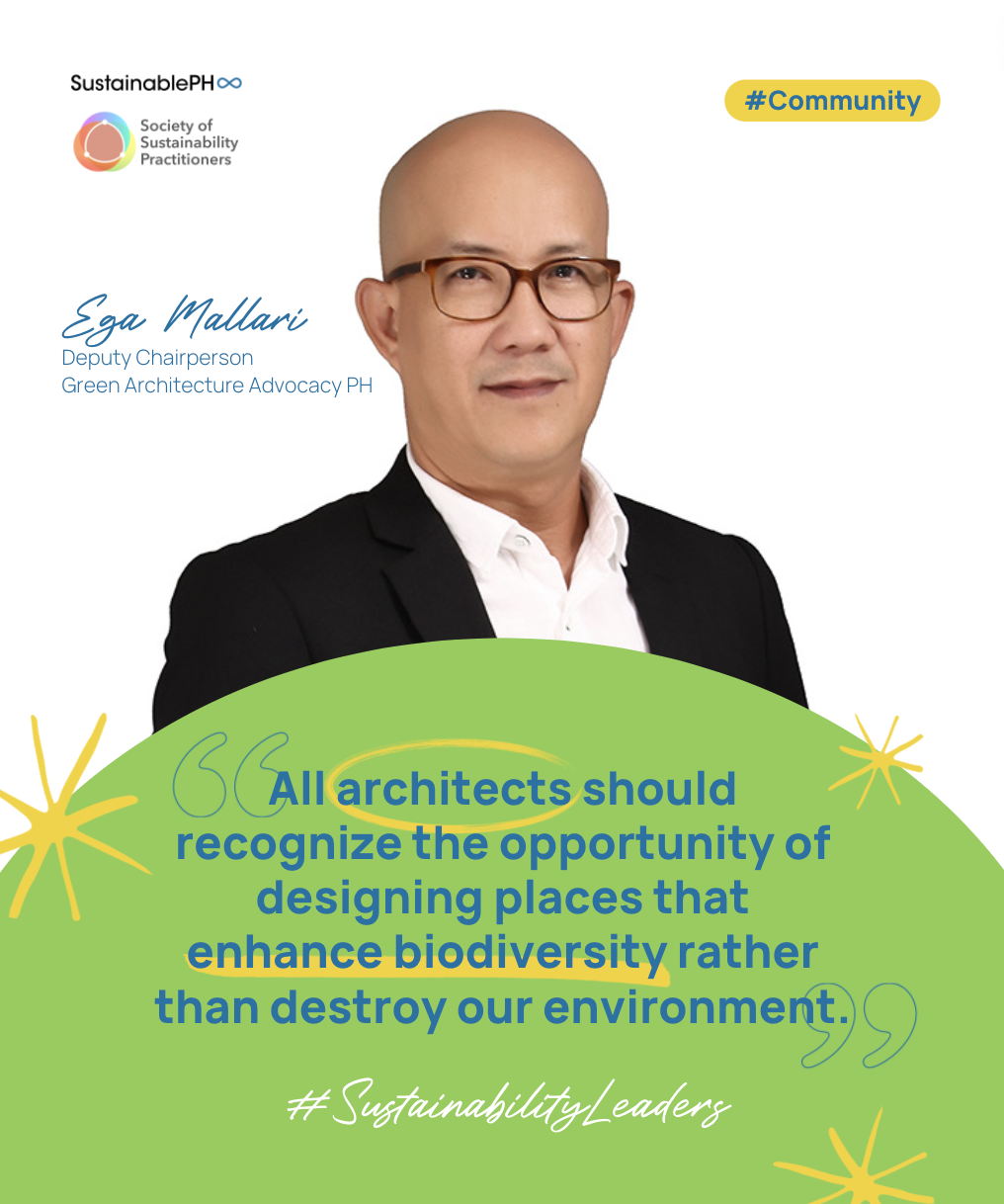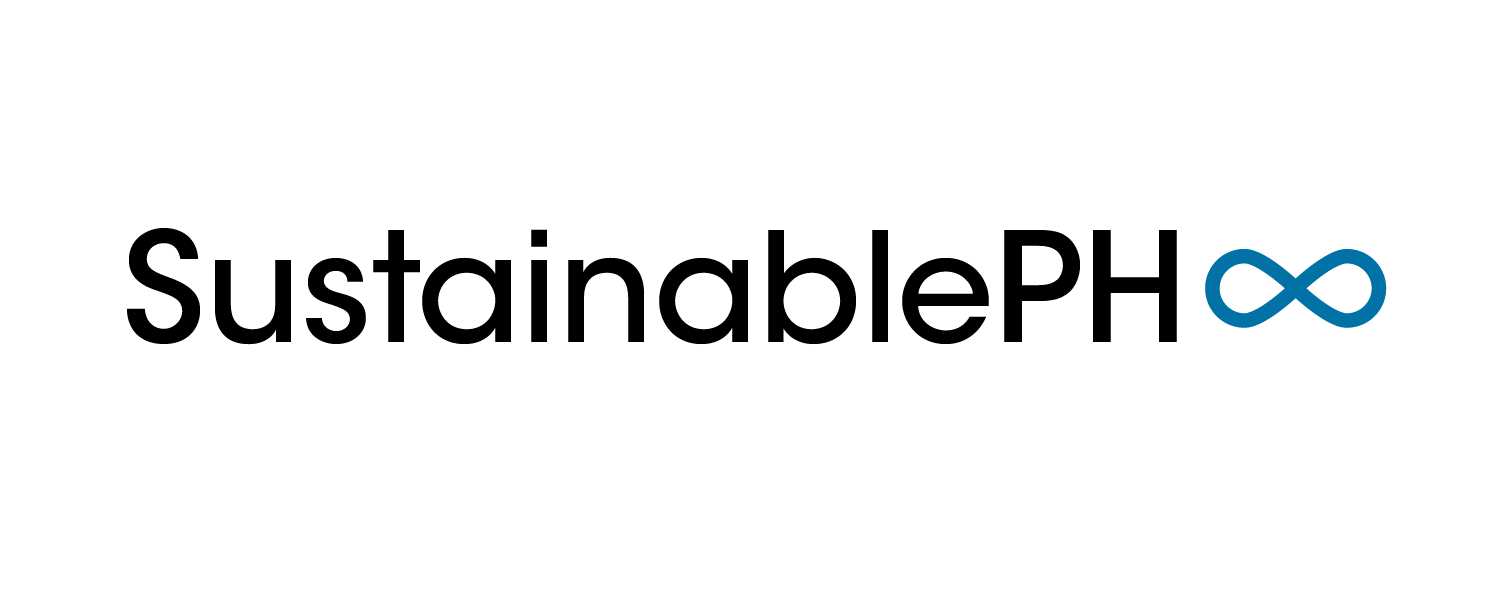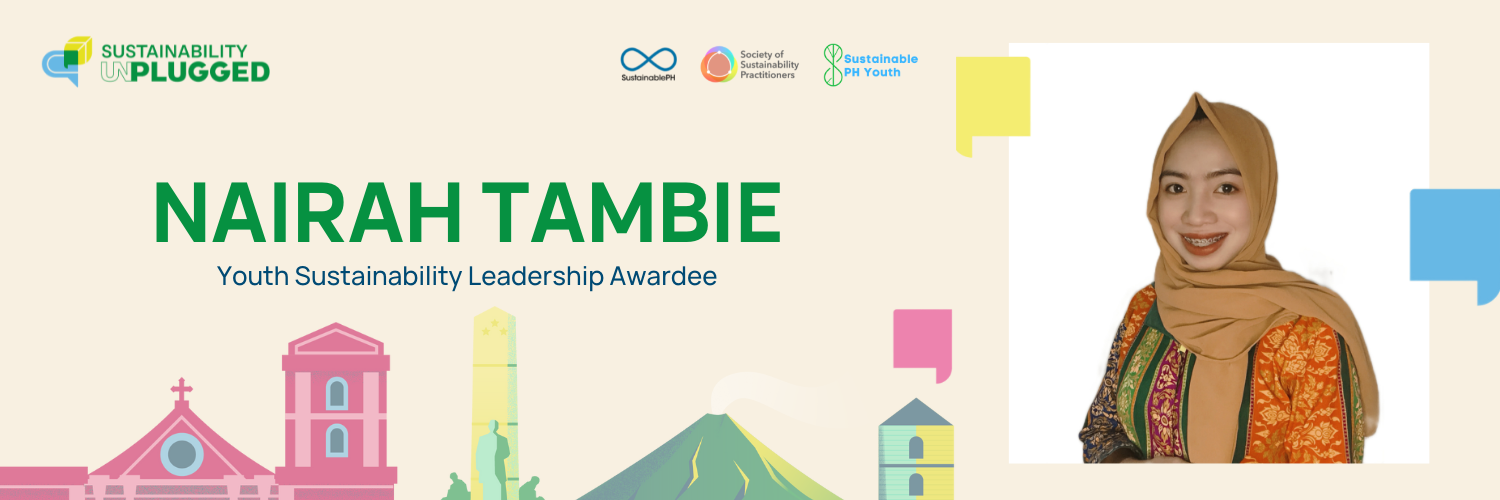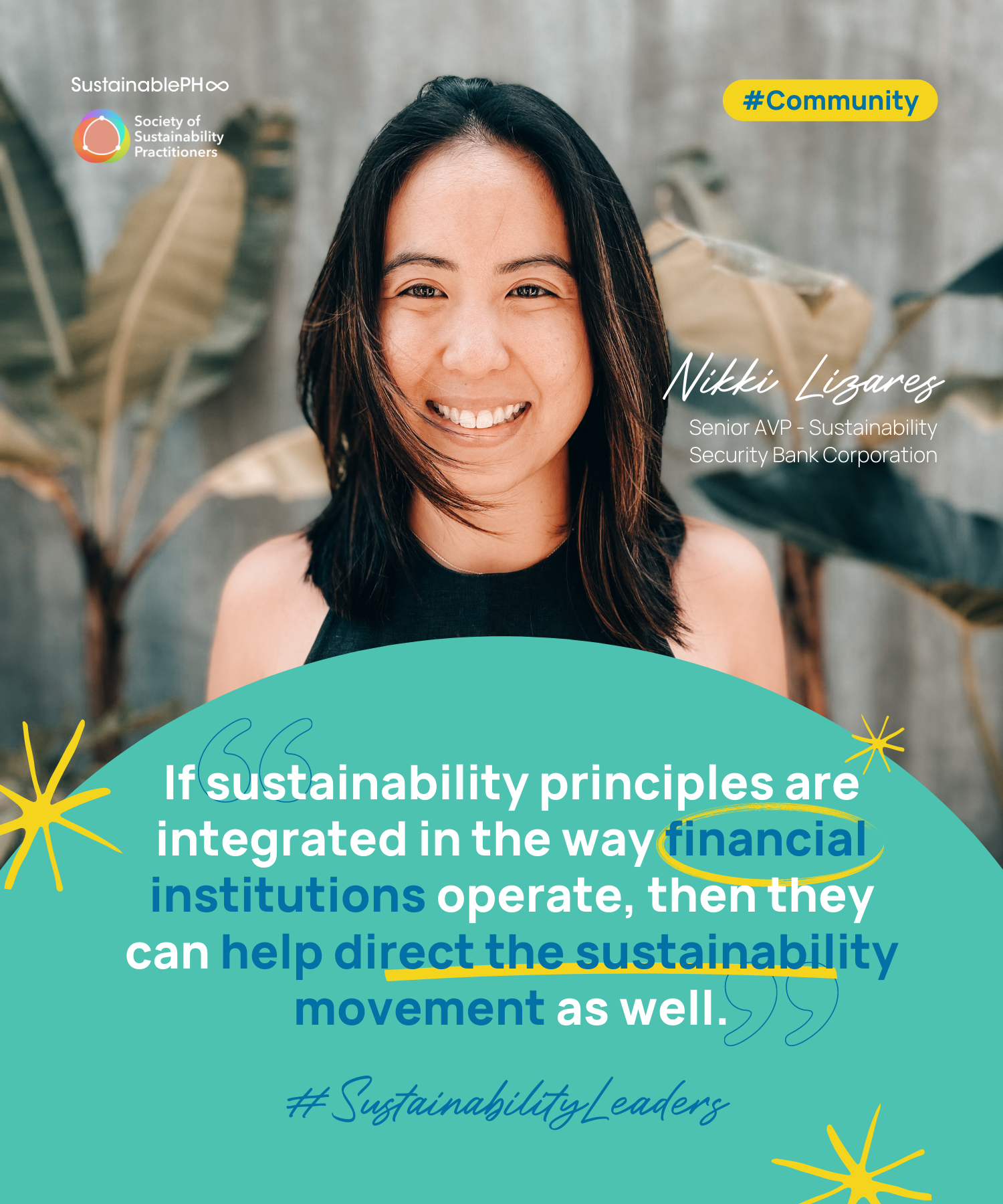
Humans of Sustainability: Ega Mallari
Humans of Sustainability: Ega Mallari
Sustainability could also be associated with the world of architecture through the design strategies, construction process, and operations of architectural structures that help reduce the adverse effects on our climate and natural environment.
Championing “Green Architecture,” Edgardo “Ega” Mallari, the Deputy Chairperson of Green Architecture Advocacy Philippines, is one of the notable individuals promoting sustainable development of the built environment.
Sustainability’s role in sound architectural design and sound architecture’s contribution to sustainability are intertwined. According to Ega, up until recently, sustainability seemed optional both in architectural design and the Architecture, Engineering, and Construction (AEC) industry. But through the promotion of vital information and campaigns on sustainability, stakeholders in the AEC industry now recognize sustainability as a critical aspect, wherelead design professionals should put sustainability at the core of each architectural practice
Sustainability must be a part of all architectural designs because we are placemaking for people and the rest of the biodiversity. All architects should recognize the opportunity of designing places that enhance biodiversity rather than destroy our environment,”
Ega shared that there are several ways for projects to be sustainable. Among those are different building metrics such as LEED (Leadership in Energy and Environmental Design), BERDE (Building for Ecologically Responsive Design Excellence), and EDGE (Excellence in Design for Greater Efficiencies), making it easy for projects to be sustainable in terms of design. He believes that if all architects adhere to these metrics, even without the actual certification, we would be able to execute sustainably-designed projects.
As sustainability advocates, Ega and his colleagues are guided by the “Triple S” approach, highlighting Survivability, Self-sufficiency, and Sustainability. This approach leads to various questions that architects should address: Can inhabitants survive in the buildings we design during calamities, disasters, and pandemics? Will it be self-sufficient in terms of energy generation, food, and water source? Will it be self-sufficient collectively such that a self-reliant community of people will be created on pandemic lockdowns? Will the design reach its design lifecycle and achieve its operation and maintenance goals?
Will it last?
Humans of Sustainability consists of inspiring stories and experiences from #FeaturedLeaders of the Society of Sustainability Practitioners community. #FeaturedLeaders by SustainablePH aims to showcase Filipino sustainability leaders who have made a mark in the journey of sustainability.




Leave a Reply